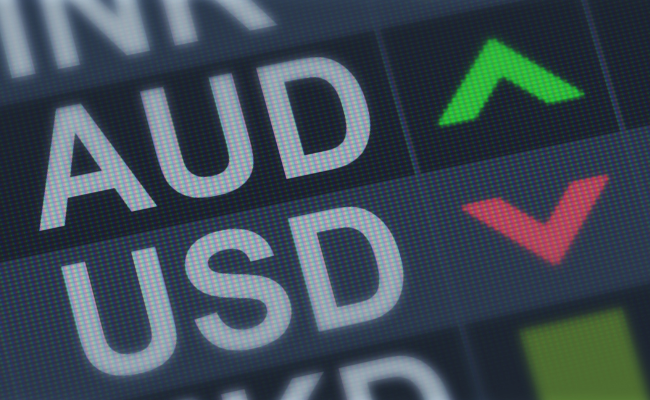297 AUD to USD: Exchange Rate & Financial Guide
In an increasingly interconnected global economy, understanding the nuances of currency exchange is paramount for both individuals and businesses. This article delves into the financial implications and nuances of converting 297 Australian Dollars (AUD) to United States Dollars (USD), enlightening readers on the current exchange rate trends, strategies for optimizing exchange rates, and the broader financial context influencing these figures.
The current exchange rate between AUD and USD is influenced by a myriad of factors, including economic indicators, interest rates, and geopolitical events. As of recent data, the exchange rate fluctuates, but it is prudent to stay vigilant and informed.
When one contemplates converting 297 AUD to USD, it becomes crucial to comprehend how exchange rates function. Exchange rates represent the value of one currency in relation to another, influenced by supply and demand in the foreign exchange market. The direct conversion of AUD to USD means that if the exchange rate is, say, 0.74, then 297 AUD would equate to approximately 219.18 USD. However, this figure is a simplistic representation; the true value can fluctuate significantly depending on market dynamics at the moment of conversion.
Currency volatility can prove to be a double-edged sword. While it presents opportunities for advantageous exchanges during favorable shifts, it can equally pose risks should the value drop unexpectedly. Thus, it is wise for individuals or businesses contemplating such a conversion to monitor market trends and leverage mechanisms that can mitigate their risk exposure.
The Role of Economic Indicators in Currency Valuation
When examining the AUD to USD exchange rate, it is imperative to consider various economic indicators that play influential roles. These include inflation rates, employment figures, and gross domestic product (GDP) growth. Australia’s economic health, characterized by strong export performance—particularly in commodities like iron ore and natural gas—affects demand for the Australian dollar. Conversely, the state of the U.S. economy, reflected through consumer spending and Federal Reserve policies, impacts the dollar’s strength.
Inflation rates also serve as significant indicators. A rising inflation rate in Australia compared to the U.S. can prompt a depreciation of the AUD against the USD, affecting how many dollars one would receive for 297 AUD. Additionally, interest rates set by the Reserve Bank of Australia and the U.S. Federal Reserve influence capital flows between the two nations, with higher interest rates typically attracting foreign investment, thus raising currency values.
Strategies to Optimize Currency Conversion
For individuals and businesses looking to convert AUD to USD, implementing effective strategies can result in more favorable outcomes. Timing the market, while challenging, can yield significant benefits. Utilizing limit orders through forex platforms enables one to set a preferred exchange rate, triggering the conversion once the market reaches that point. Moreover, monitoring economic calendars for key announcements related to employment figures or inflation can be pivotal in determining the optimal timing for conversion.
Another crucial strategy involves utilizing the services of currency exchange specialists or platforms that offer competitive rates compared to traditional banks. These services often provide more favorable conversion rates, thereby maximizing the amount received during the exchange process. Engaging financial advisors or consultants knowledgeable in forex can further enhance understanding and navigation of these complex market dynamics.
The Impact of Global Events on Currency Valuation
External factors such as geopolitical developments, trade agreements, and global economic crises can dramatically affect currency valuations. Tensions in trade relations or unexpected events such as natural disasters can lead to immediate currency fluctuations. Therefore, staying informed about global economic trends is essential for anyone contemplating an AUD to USD conversion. Awareness of how these external factors may serve as catalysts for volatility can empower more informed decision-making during the exchange process.
In conclusion, converting 297 AUD to USD is not solely a mathematical endeavor; it is a multifaceted decision impacted by various economic, strategic, and global considerations. By understanding the dynamics of currency exchange, monitoring essential economic indicators, and employing informed strategies, individuals and businesses can navigate this financial landscape with confidence and adeptness. Ultimately, fostering a proactive approach towards currency conversion could provide substantial advantages in the ever-shifting tides of the global economy.
You May Also Like
Best Fish to Catch in Australia: A Guide for Anglers
Australia boasts an extraordinary diversity of fish species, making it …
Emily Bay Norfolk Island: A Hidden Gem in the Pacific
Emily Bay, a picturesque enclave nestled on the sun-kissed shores of …
Holidays on August 23: Global Festivities & Observances
August 23 is a date that carries a bouquet of cultural significance …





